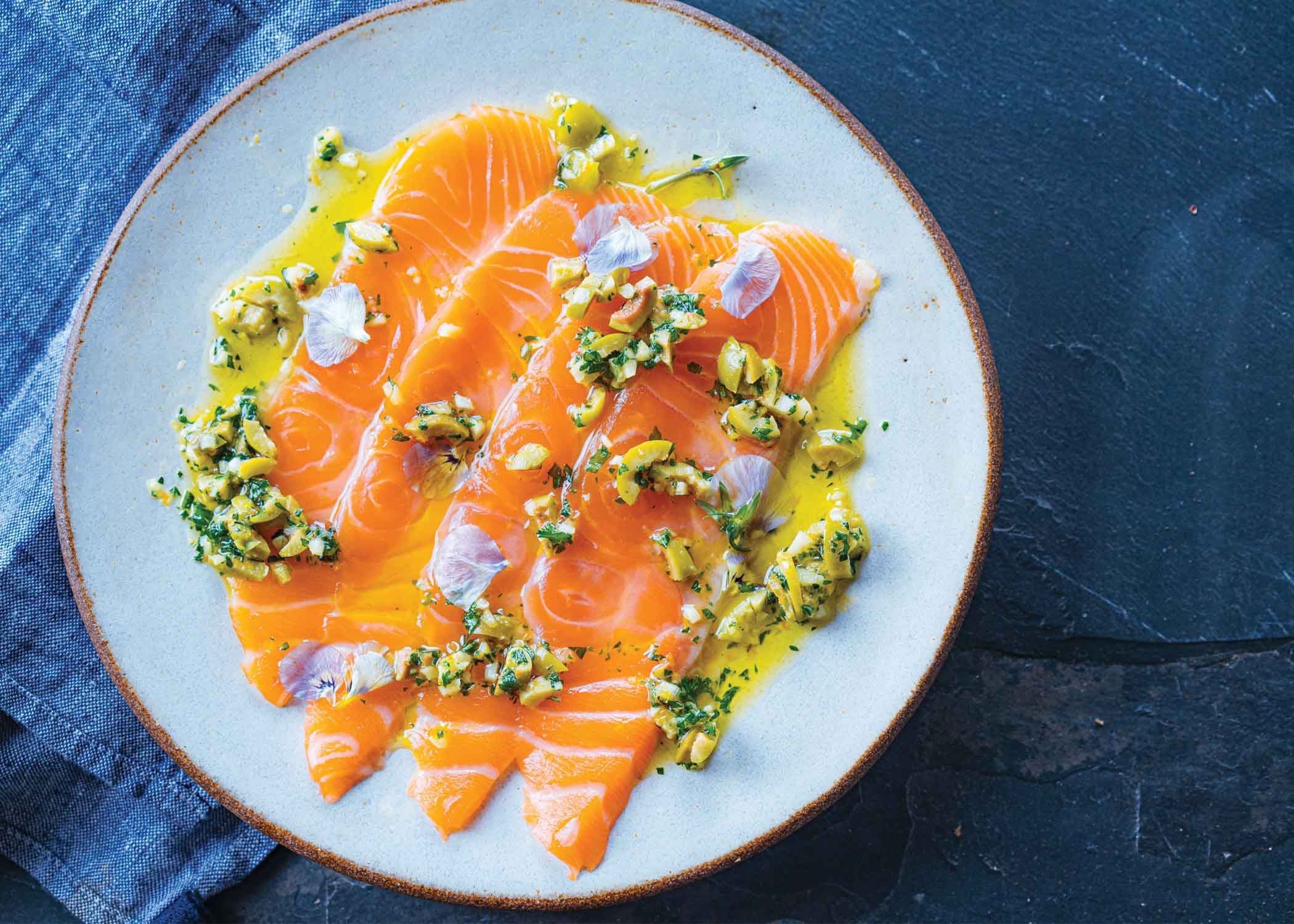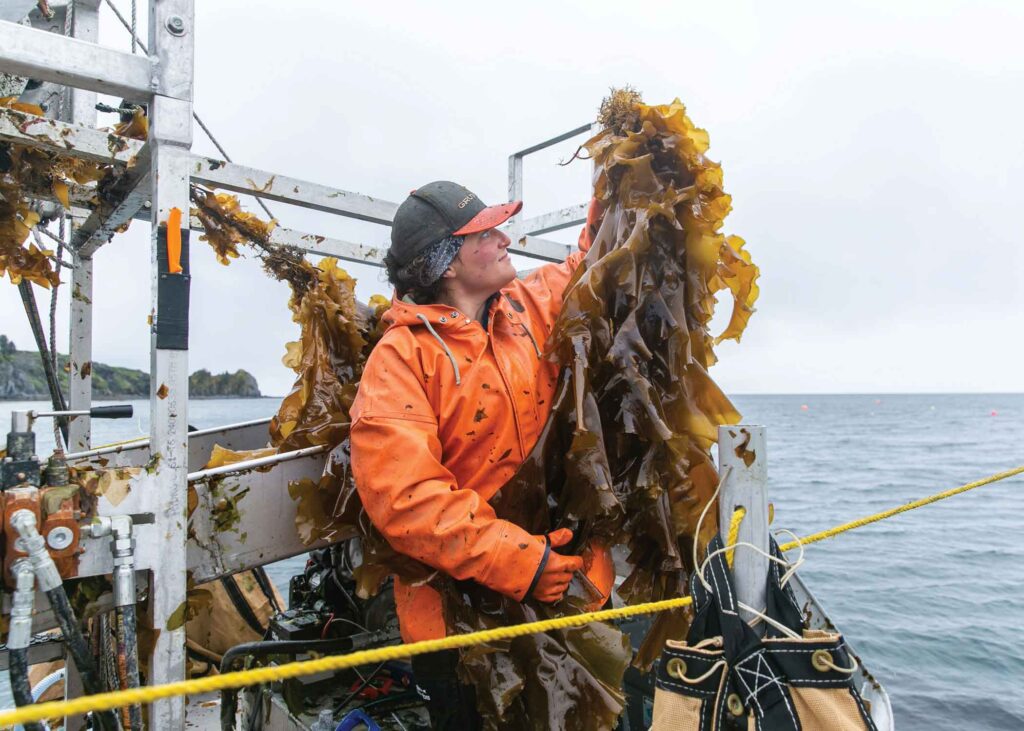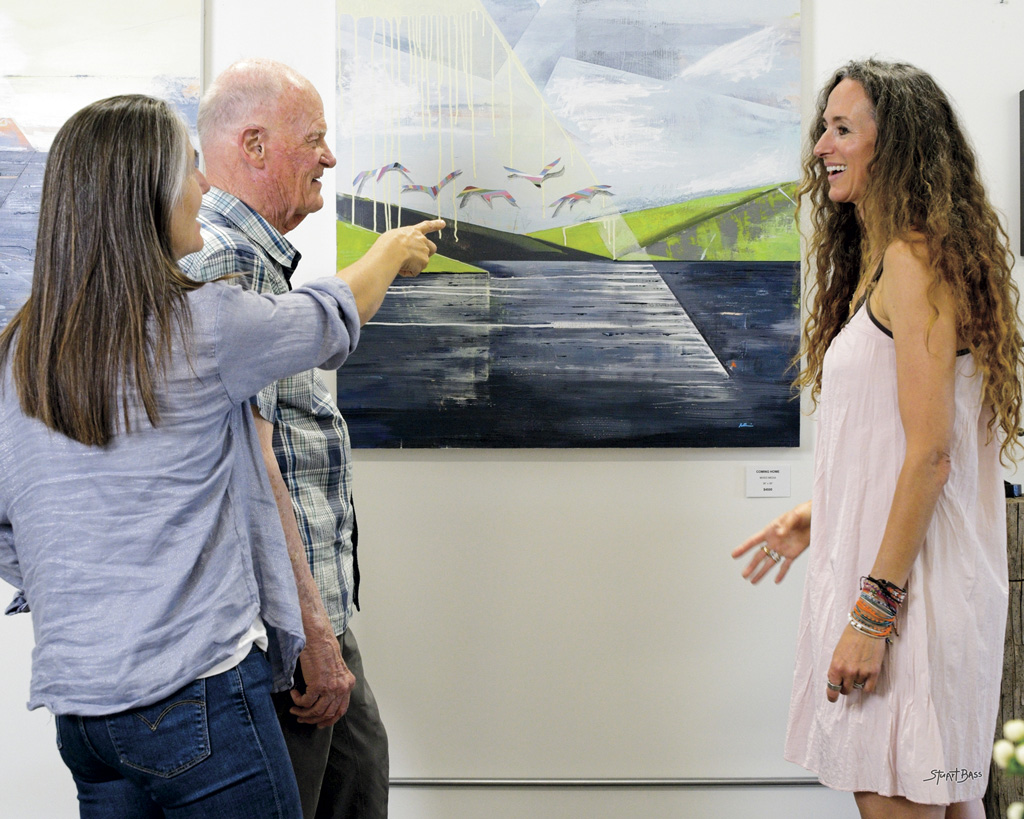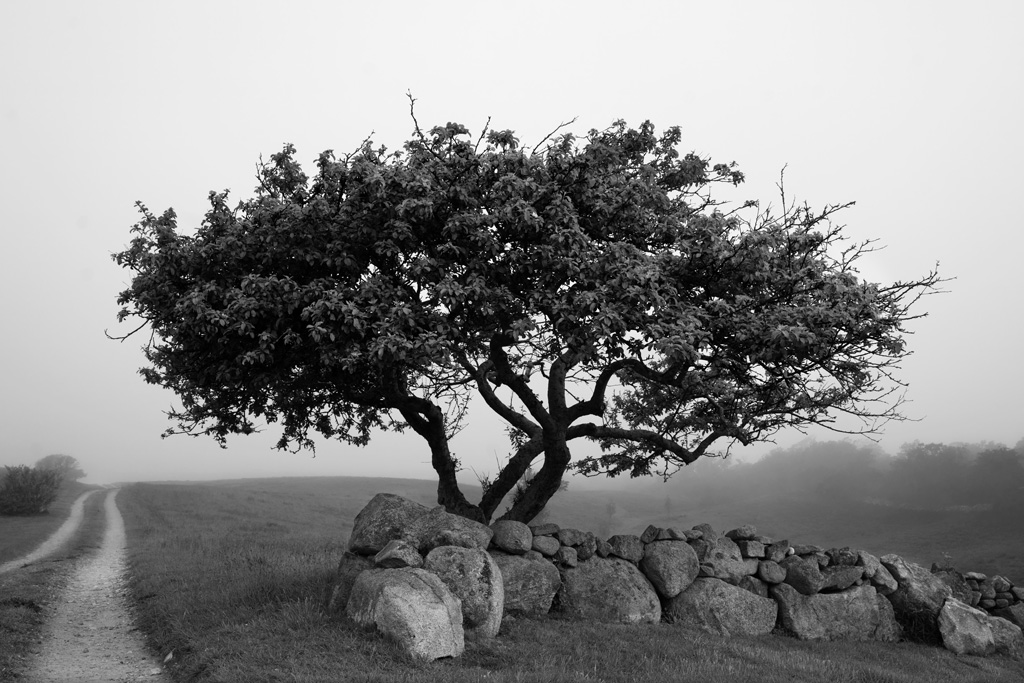News
Eat More Seaweed, Support Water Ecosystems
 Sea Pantry’s Cured Kvarøy Arctic Salmon (photo courtesy of Sea Pantry)
Sea Pantry’s Cured Kvarøy Arctic Salmon (photo courtesy of Sea Pantry)Around Marin’s Tomales Bay, tourists and residents alike stray off the winding Highway 1 for salty respite: a meal of oysters. Whether the mignonette-doused pit stop is at a local oyster bar or the shores of a state park, the experience is courtesy of aquaculture, the farming of seafood.
Oyster companies have operated in the area for more than a century, yet today, Bay Area innovators are re-envisioning aquaculture. Farmers and companies around San Francisco are developing new approaches to help supply seafood protein to billions of people around the world, while supporting ecosystems rather than exploiting them.
For local oyster farming, the connection between aquaculture operations and ecosystems is clear: oysters are filter feeders that can ultimately help improve water chemistry and clarity, which in turn sustains seagrass meadows, the foundation of an abundant ecosystem. Even under the pandemic’s economic hardship, Hog Island Oyster Company worked with Marin Agricultural Land Trust (MALT) this summer to access capital by selling development rights for 250 acres of its Leali Ranch property in West Marin. This easement, MALT’s first to support aquaculture, helps recommit Hog Island Oyster Co. to sustainability, including composting of oyster shells and seaweed, among other efforts.
Yet in some cases, aquaculture practiced without attention to sustainable methods has engendered negative news coverage for pollution and environmental harm. Just as land-based farms use methods that can either work with or against natural ecosystems and environmental health, the same goes for aquaculture, explains Jennifer Bushman, a strategic consultant on sustainable, ethical aquaculture and board member for Oceans 2050 and Sausalito’s Marine Mammal Center.
Bushman sits at the center of a global discussion on aquaculture, advocating for practices that can improve food security and help regenerate ocean ecosystems that have faced unprecedented decline. Just off the coast of Northern California, kelp forests collapsed in size by more than 90 percent just between 2014 and 2016. Bushman envisions how sustainable aquaculture, such as seaweed farms, could help rebuild the vital habitat and function of these ecosystems while producing nutritious food.
In fact, Bay Area–based Blue Evolution, a leading company in seaweed farming, has put sustainable, regenerative seaweed aquaculture into practice with operations in Mexico and Alaska. “Focusing on food initially, we set about building a supply chain in Baja Mexico with seed, farms, processing and finished products,” says Beau Perry, founder and CEO of Blue Evolution. Today these products include kelp puree (versatile for cooking and good in everything from smoothies to salsas), popcorns and pastas.
Blue Evolution is also seeing the ecological benefits of its operations in addressing issues of ocean acidification and habitat loss in Alaska: “For example, farms are observing herring spawns on the crops in spring. And we see numerous juveniles of many species hatching and rearing within the farms. We’re working with the National Oceanic and Atmospheric Administration and local conservation groups to establish the science and understand cause and effect between our farms and the local ecosystem,” says Perry.

While Perry dreams of growing seaweed around California, his home, he notes that prohibitive economic and political challenges still exist. It is these types of barriers that Bushman hopes to help aquaculture overcome in the near future.
For the time being, however, organizations on the West Coast continue to contribute to improved aquaculture practices through innovation: the Monterey Bay Aquarium is building policy and standards into its Seafood Watch program; San Francisco’s TwoXSea and McFarland Springs Trout Farm are developing a non-fish-meal, plant-based feed and in-river trout farming system; Riverence Trout is drawing on a spring water, land-based system near the Rocky Mountains, meeting industry sustainability standards and partnering with James Beard Foundation’s sustainability program; Santa Cruz’s Scoot Science is building a next-level fish farming data insights platform; and Google’s Tidal project is using underwater cameras to track fish health and improve farming strategies.
Bushman also sees access via local supermarkets and restaurants as an important way for the community to engage with sustainable food systems. She has worked with Whole Foods supplier Kvarøy Arctic, a sustainable farming operation above the Arctic Circle in Norway, to meet “some of the most stringent fish and seafood policies in the world,” says Bushman of the producer. “From the technology that they utilize to monitor animal welfare, to feed models that include microalgae from Bay Area company Corbion, this family is changing an industry that has traditionally been viewed as unsustainable.”
Likewise, dining out offers moments to engage with ethical aquaculture without leaving Marin. Among the local restaurants that feature sustainably raised fish are Fish in Sausalito and San Francisco–based Pacific Catch restaurants (there is also a location in Corte Madera), where Bushman is the director of sustainability.
“We are committed to monthly audits to make sure our sourcing is sustainable, and we work with trusted suppliers that adhere to our standards on what we allow and what we won’t allow,” says Tom Hanson, president and COO at Pacific Catch.
That commitment results in a dynamic selection that is dependent on realities of ocean health and access to sustainable fisheries and fish farms. “We’re not afraid to take a popular item off the menu if we cannot source it thoughtfully and sustainably,” Hanson says. “Mahi mahi was one of our most popular items. About five years ago the mahi stocks were being depleted so we took it off our menu.”
While a somewhat complex combination of technology, operations and consumer interest will continue to drive the feasibility of sustainable aquaculture, Bushman says it simply: “Eat more seaweed.”











